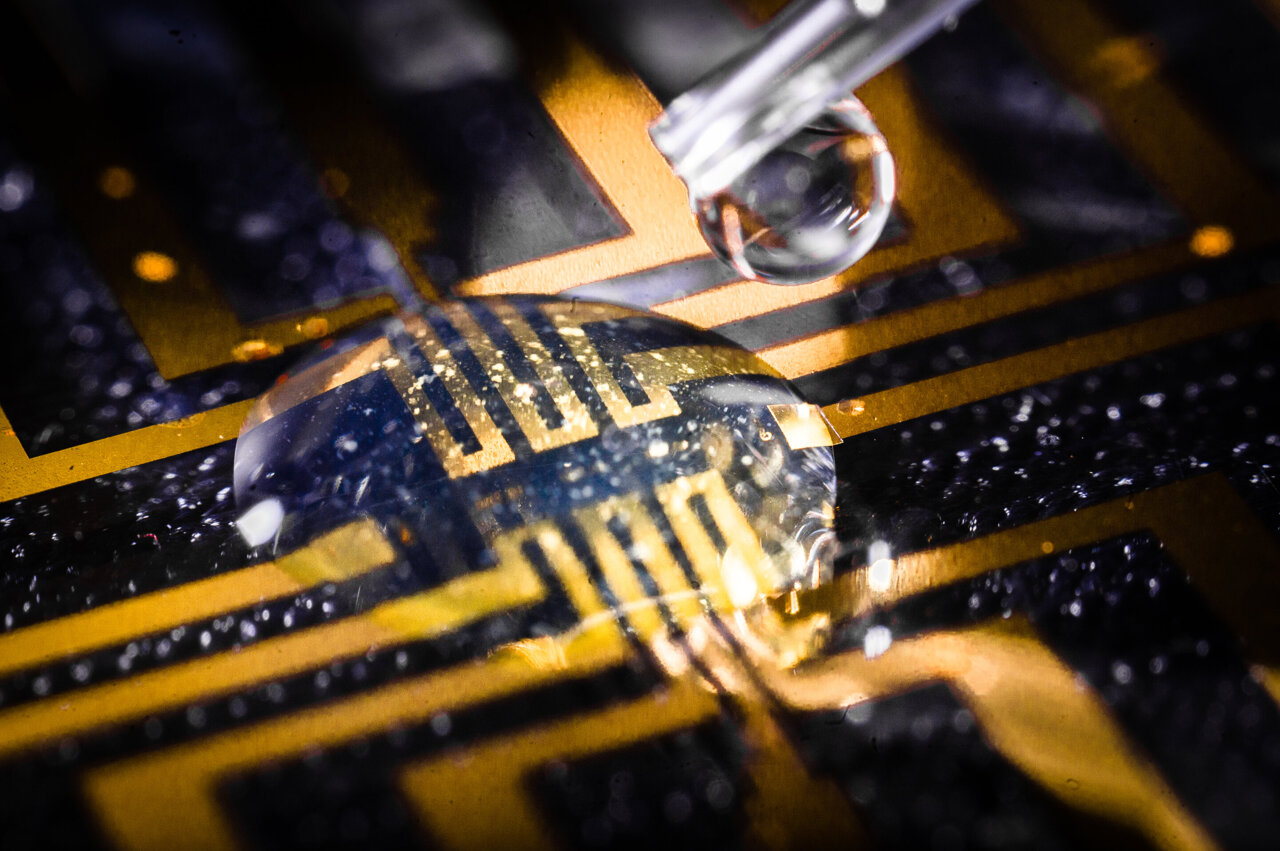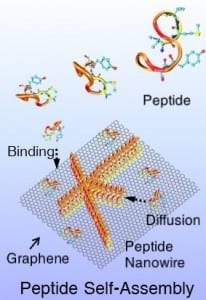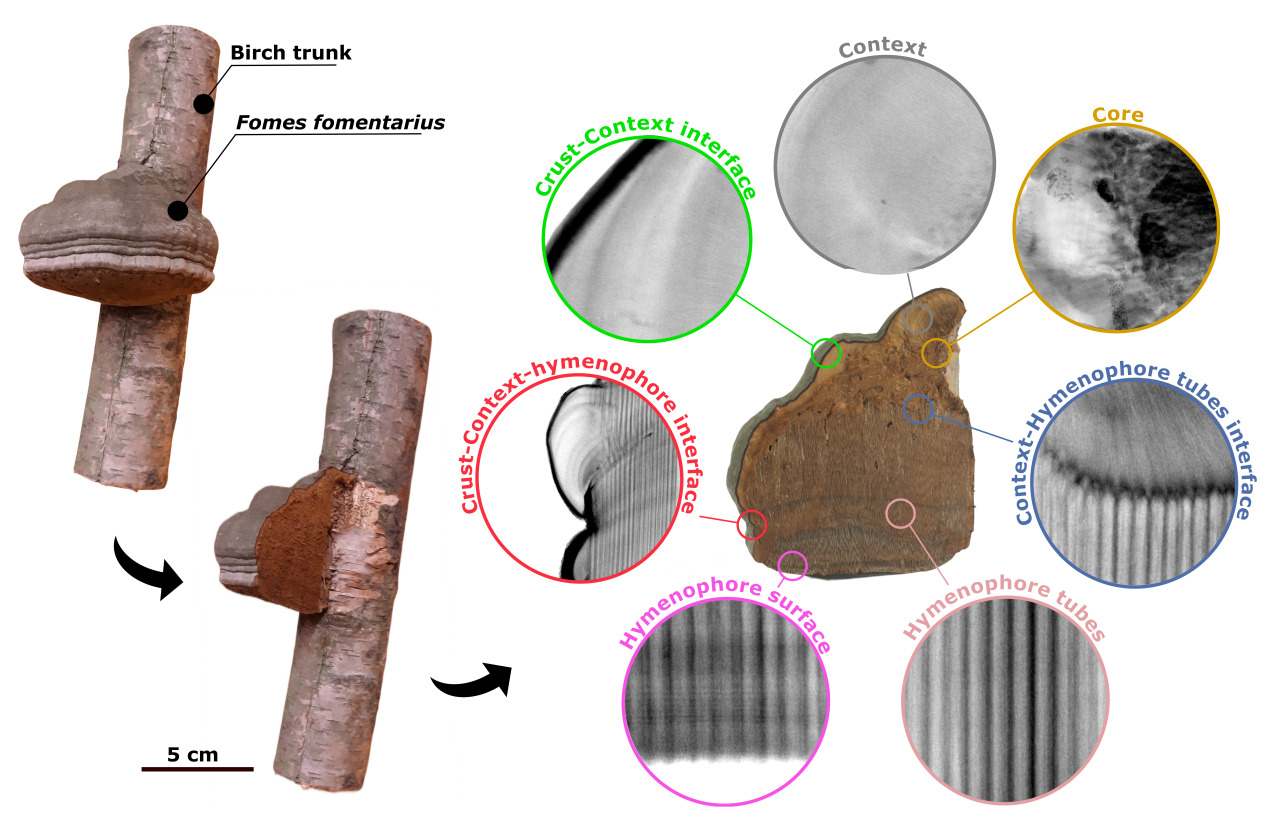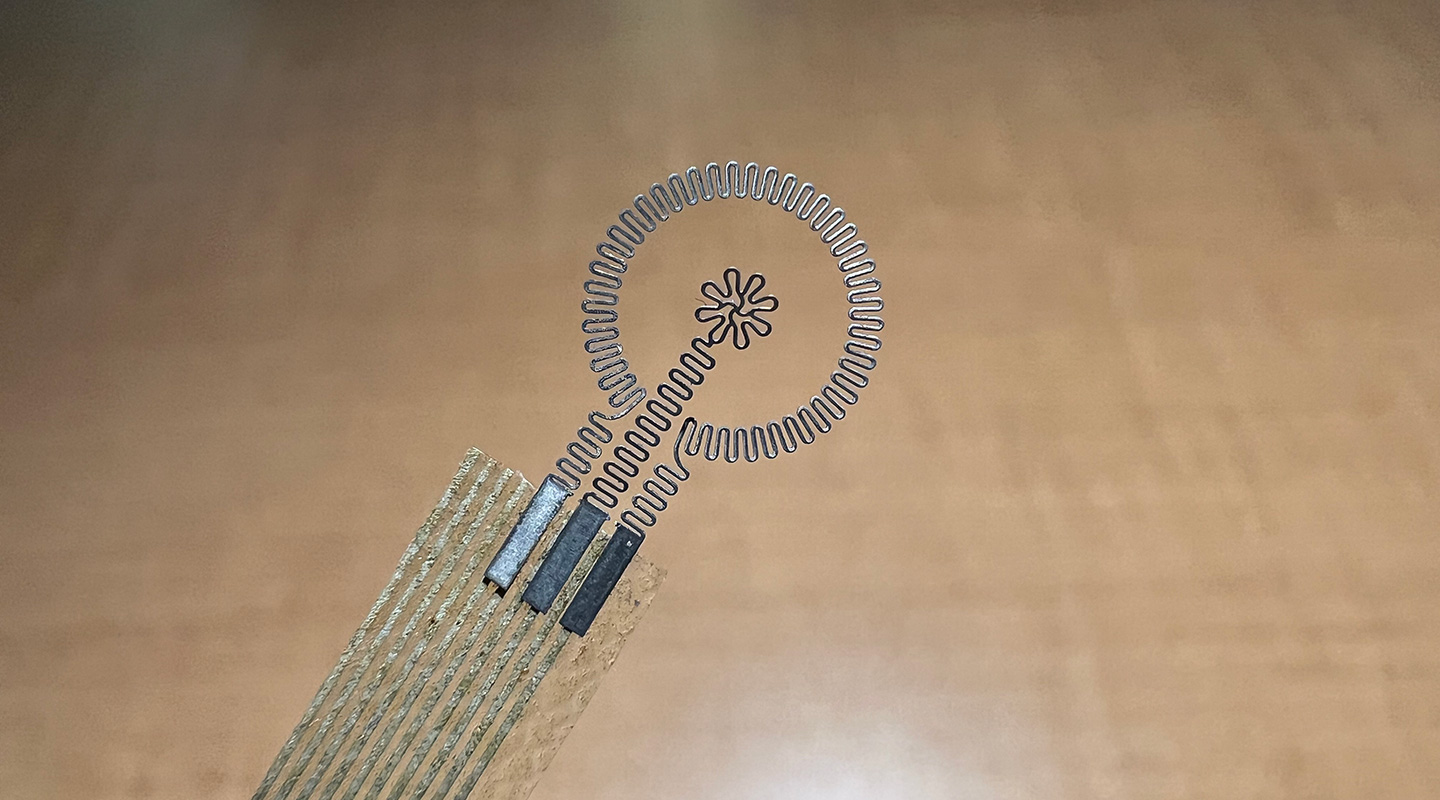
Electrodes grown in the brain – paving the way for future therapies for neurological disorders
The boundaries between biology and technology are becoming blurred. Researchers at Linköping, Lund, and Gothenburg universities in Sweden have successfully grown electrodes in living tissue using the body’s molecules as triggers.
The result, published in the journal Science, paves the way for the formation of fully integrated electronic circuits in living organisms.
“For several decades, we have tried to create electronics that mimic biology. Now we let biology create the electronics for us,” says Professor Magnus Berggren at the Laboratory for Organic Electronics, LOE, at Linköping University.
Linking electronics to biological tissue is important to understand complex biological functions, combat diseases in the brain, and develop future interfaces between man and machine. However, conventional bioelectronics, developed in parallel with the semiconductor industry, have a fixed and static design that is difficult, if not impossible, to combine with living biological signal systems.
To bridge this gap between biology and technology, researchers have developed a method for creating soft, substrate-free, electronically conductive materials in living tissue. By injecting a gel containing enzymes as the “assembly molecules”, the researchers were able to grow electrodes in the tissue of zebrafish and medicinal leeches.
“Contact with the body’s substances changes the structure of the gel and makes it electrically conductive, which it isn’t before injection. Depending on the tissue, we can also adjust the composition of the gel to get the electrical process going,” says Xenofon Strakosas, researcher at LOE and Lund University and one of the study’s main authors.
The body’s endogenous molecules are enough to trigger the formation of electrodes. There is no need for genetic modification or external signals, such as light or electrical energy, which has been necessary in previous experiments. The Swedish researchers are the first in the world to succeed in this.
Their study paves the way for a new paradigm in bioelectronics. Where it previously took implanted physical objects to start electronic processes in the body, injection of a viscous gel will be enough in the future.
In their study, the researchers further show that the method can target the electronically conducting material to specific biological substructures and thereby create suitable interfaces for nerve stimulation. In the long term, the fabrication of fully integrated electronic circuits in living organisms may be possible.
In experiments conducted at Lund University, the team successfully achieved electrode formation in the brain, heart, and tail fins of zebrafish and around the nervous tissue of medicinal leeches. The animals were not harmed by the injected gel and were otherwise not affected by the electrode formation. One of the many challenges in these trials was to take the animals’ immune system into account.
“By making smart changes to the chemistry, we were able to develop electrodes that were accepted by the brain tissue and immune system. The zebrafish is an excellent model for the study of organic electrodes in brains,” says Professor Roger Olsson at the Medical Faculty at Lund University, who also has a chemistry laboratory at the University of Gothenburg.
It was Professor Roger Olsson who took the initiative for the study, after he read about the electronic rose developed by researchers at Linköping University in 2015. One research problem, and an important difference between plants and animals, was the difference in cell structure. Whereas plants have rigid cell walls which allow for the formation of electrodes, animal cells are more like a soft mass. Creating a gel with enough structure and the right combination of substances to form electrodes in such surroundings was a challenge that took many years to solve.
“Our results open up for completely new ways of thinking about biology and electronics. We still have a range of problems to solve, but this study is a good starting point for future research,” says Hanne Biesmans, PhD student at LOE and one of the main authors.
Original Article: Electrodes grown in the brain – paving the way for future therapies for neurological disorders
More from: Linköping University | Lund University | University of Gothenburg
The Latest Updates from Bing News
Go deeper with Bing News on:
Fully integrated electronic circuits in living organisms
- integrated circuit
The odds are that if you’ve heard about application-specific integrated circuits (ASICs) at all, it’s in the context of cryptocurrency mining. For some currencies, the only way to efficiently ...
- Genetics articles from across Nature Portfolio
Genetics is the branch of science concerned with genes, heredity, and variation in living organisms. It seeks to understand the process of trait inheritance from parents to offspring, including ...
- Organic and Inorganic Substances
We say supposed differences. There are striking differences between a living organism and a dead mass of matter ; but we are not now speaking of that mystery of mysteries, life ; we are not even ...
- Nanofluidic memristors compute in brain-inspired logic circuits
The new memristor could prove useful for neuromorphic computing, which tries to mimic the brain using electronic components. In living organisms ... the way for neuromorphic systems based on fully ...
- Digital Integrated Circuits
New Yorker Electronics has signed a franchised distribution agreement with Geyer Electronic, a manufacturer of quart crystals, oscillators and resonators. “Founded in 1964 in Munich as a retail store ...
Go deeper with Bing News on:
Biology and electronics
- Nicholas Paulter receives Top ASTM Annual Award
An ASTM International member since 2010, Paulter is also a member of the Institute of Electrical and Electronics Engineers (IEEE ... Paulter earned his bachelor’s degree in biology from the University ...
- "This is My JAMB Result": Muslim Boy Displays His Low UTME Score, Asks If He Can Enter University
A Muslim boy has shared his Unified Tertiary Matriculation Examination (UTME) score on social media, wondering if he could get admitted to a university.
- Invizyne Technologies Expands Leadership Team Ahead of Proposed Offering and Listing on Nasdaq
Fouad Nawaz, Vice President of Finance: With a background and expertise in corporate finance, Mr. Nawaz has pursued his career in the electronics industry and ... With a robust expertise in synthetic ...
- Professor emeritus John (Jack) Johnson elected to the National Academy of Sciences
Scripps Research professor emeritus John Johnson, PhD, has been elected to the National Academy of Sciences—one of the highest honors given to scientists.
- NEET Exam Analysis 2024 Live: NTA NEET UG Chemistry toughest, Physics lengthy, and Biology easy
As candidates nationwide gear to appear for the NEET UG 2024 exam today, we will provide live updates, essential guidelines, dress code specifics, and more. Additionally, we'll offer expert analysis ...










